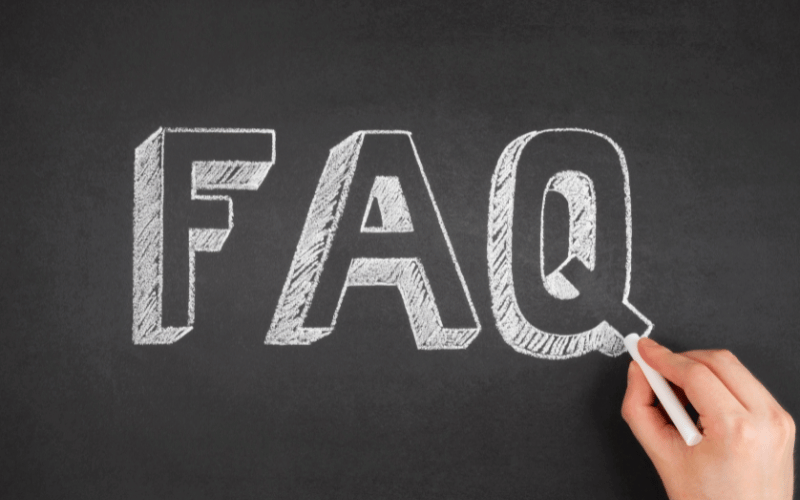Frequently Asked Questions about Cholecystitis

What exactly is cholecystitis?
Cholecystitis is an inflammation of the gallbladder, a small organ located beneath the liver that’s responsible for storing bile. This condition typically arises due to gallstones blocking the tube leading out of the gallbladder, causing the gallbladder to become inflamed and potentially infected.
Are gallstones the only cause of cholecystitis?
While gallstones are the most common culprit behind cholecystitis, they aren’t the sole cause. Other potential causes include bile duct problems, tumors, or infections. It’s also possible for cholecystitis to develop after surgeries or injuries to the abdomen.
How can I differentiate between regular indigestion and symptoms of cholecystitis?
Regular indigestion might be an occasional issue, often related to dietary choices or stress. In contrast, indigestion due to cholecystitis is chronic and often accompanied by other symptoms like abdominal pain, fever, nausea, and changes in urine or bowel movements. If you notice a combination of these symptoms persistently, it’s crucial to seek medical advice.
Is surgery the only treatment option for cholecystitis?
Surgery to remove the gallbladder (cholecystectomy) is the most common treatment for cholecystitis, especially if gallstones are present. However, if the inflammation is diagnosed early and isn’t caused by gallstones, treatments might include fasting, antibiotic therapy, and pain relief. Always consult with a healthcare provider to determine the best course of action.
Can I live normally without a gallbladder?
Absolutely! The gallbladder aids in digestion by storing bile, but it’s not a vital organ. Once removed, bile flows directly from the liver into the small intestine. While there might be minor dietary adjustments needed initially, most people can return to a regular diet and live a normal, healthy life without a gallbladder.
Conclusion: Cholecystitis Unveiled
Cholecystitis, an inflammation of the gallbladder, remains a concerning medical condition that many individuals overlook until symptoms escalate. Its manifestations, ranging from abdominal pain to changes in bowel habits, often intertwine with common digestive complaints. This overlap can lead many to dismiss these symptoms as mere inconveniences. However, as highlighted throughout this article, it’s essential to recognize that these seemingly everyday symptoms, when persistent and combined, might point to a more severe underlying condition. Early identification and intervention of cholecystitis can make a significant difference in treatment outcomes and overall well-being.
Being attentive to our body’s signals is pivotal. Every symptom is the body’s way of communicating a potential imbalance or issue. By understanding and recognizing the telltale signs of cholecystitis, we empower ourselves with knowledge. This knowledge can lead to early diagnosis, ensuring timely and effective treatment, and minimizing complications. Remember, while the gallbladder might be a small organ, its health impact is substantial. Prioritizing its well-being, and by extension, our overall health, starts with staying informed and proactive.